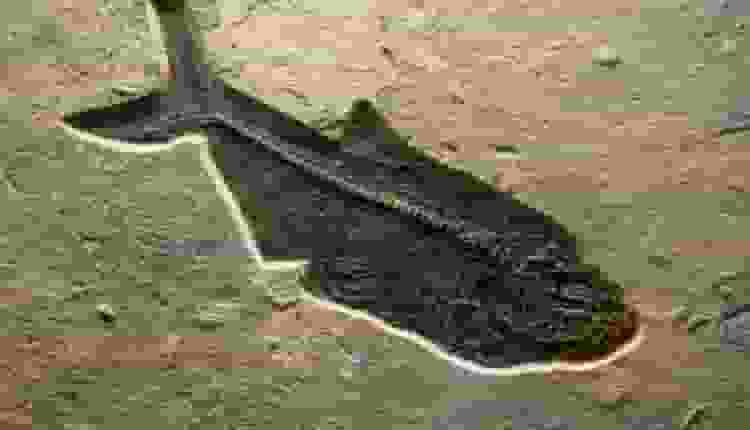
A unique marine reptile that was unlike any other animal that has ever lived on Earth hunts for fish and squid in shallow waters around 242 million years ago, utilizing an abnormally long neck to ambush food.
Its life was abruptly and violently put to an end when a strong predator severed its head.
Fossilized Evidence Of Ancient Sea Creature’s Beheading
For more than 200 years, researchers have suspected that long-necked extinct marine reptiles like Tanystropheus were particularly vulnerable to such assaults.
The first concrete proof of this has been offered by a recent investigation of Tanystropheus fossils discovered in Switzerland decades ago on a mountain named Monte San Giorgio.
The scientists examined the neck and head fragments of two different species of Tanystropheus, looking for bite scars and other trauma-related indicators of decapitation.
The larger species, which consumed fish and squid, could grow to a length of 20 feet (6 meters), although this particular specimen was only approximately 13 feet (4 meters) long.
The smaller species had teeth that suggested its food consisted of soft-shelled crustaceans like shrimp and was around 5 feet (1.5 meters) long.
Tanystropheus had a neck that was three times longer than its torso. Extreme neck extension, useful in hunting, was widespread in marine reptiles for around 175 million years during the time of dinosaurs. However, there was a cost to this: a clear predation target.
Read more: Giant Sea Spiders Caught On Camera: First-Ever Video Of Mating Behavior By Scientists
Signs Of Predation Unearthed In Two Species

The fossils of both species showed signs of predation. One features a tooth scrape and two punctures in the shape of teeth.
The other one has a pit where a tooth once struck the bone. Where the neck was severed, both suffer from bone damage.
According to lead researcher and paleontologist Stephan Spiekman of the State Museum of Natural History Stuttgart in Germany and the author of the study that was published this week in the journal Current Biology.
Read more: Remarkable Discovery: 5,500 Newly Identified Marine Species Found In Mining Zone

